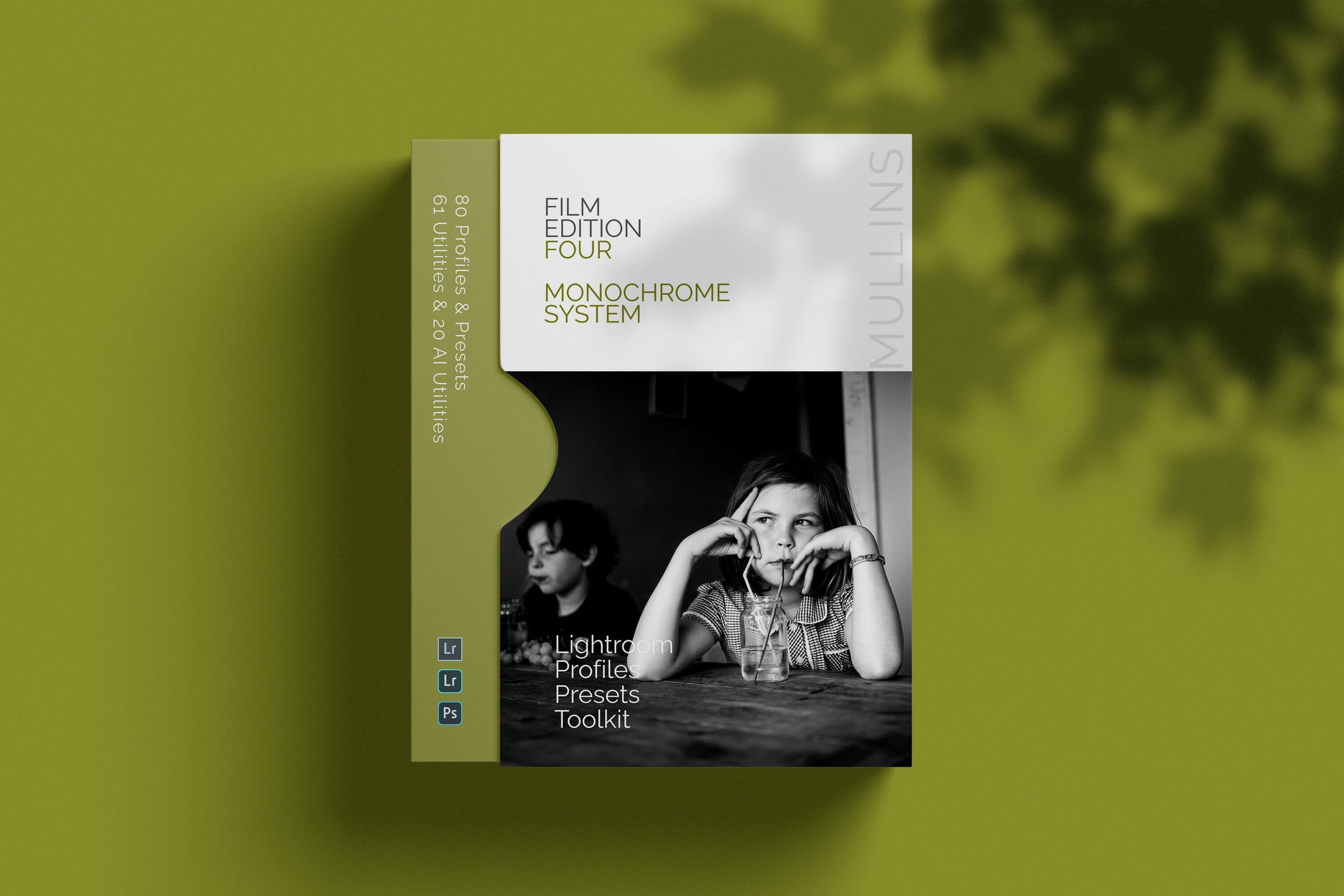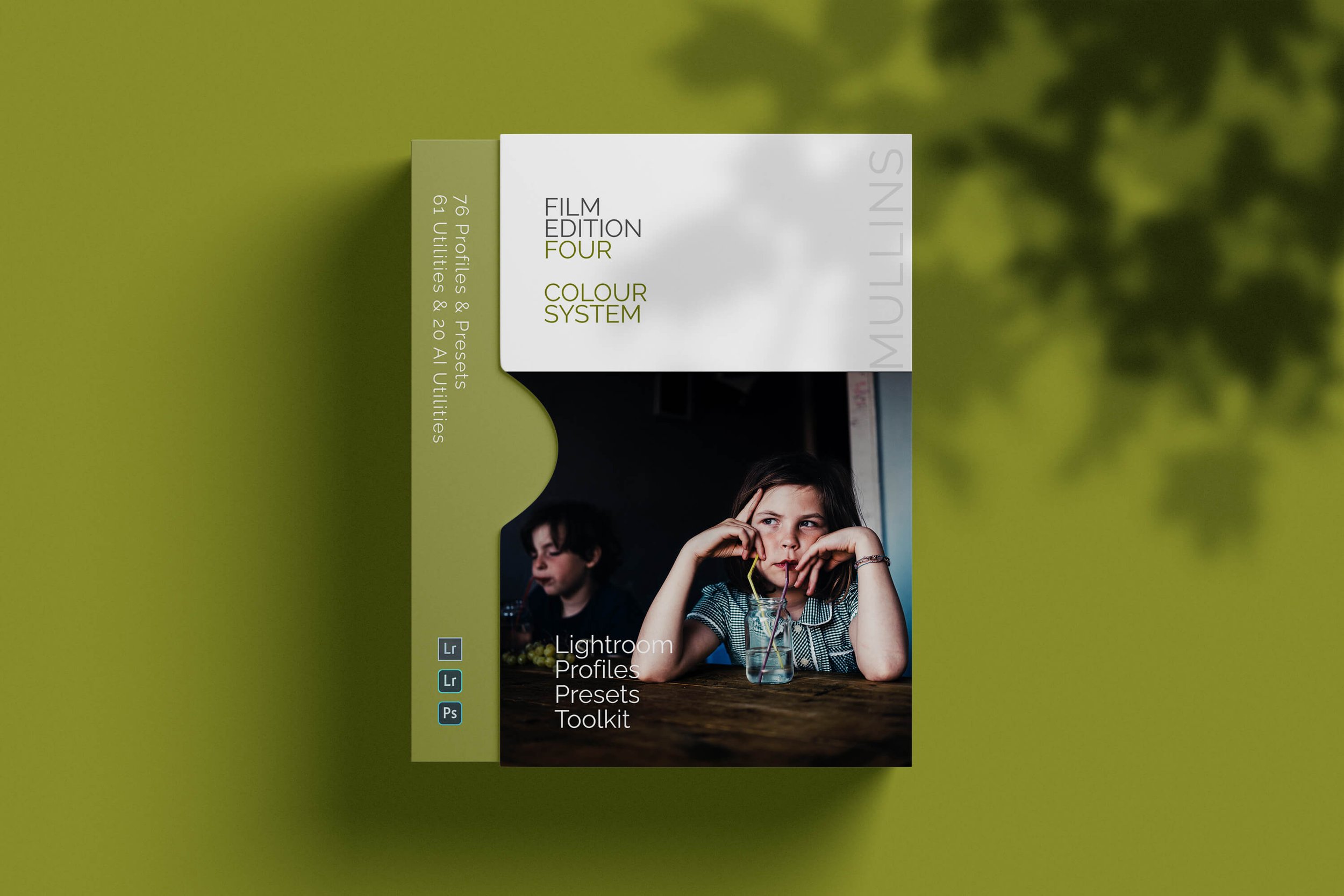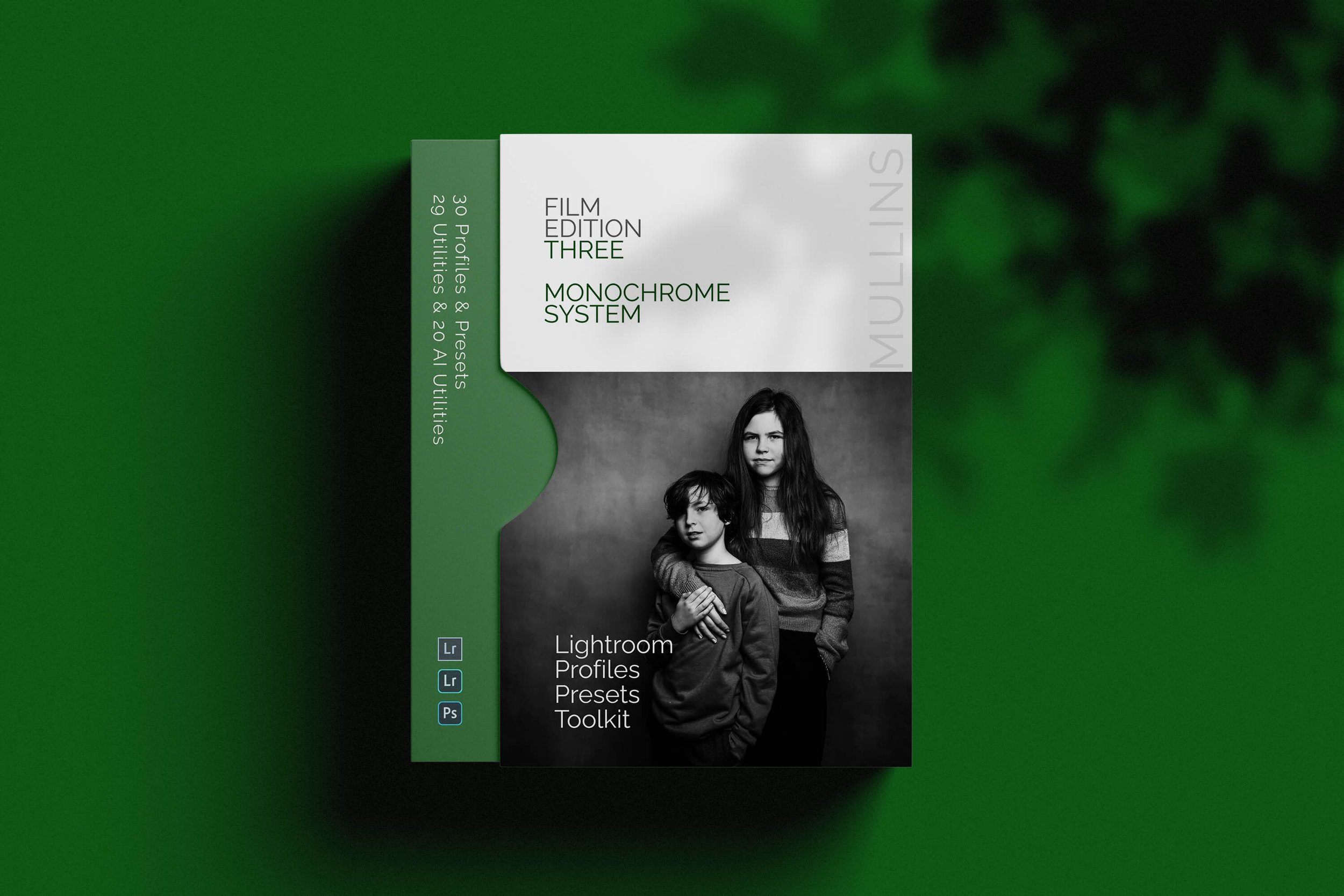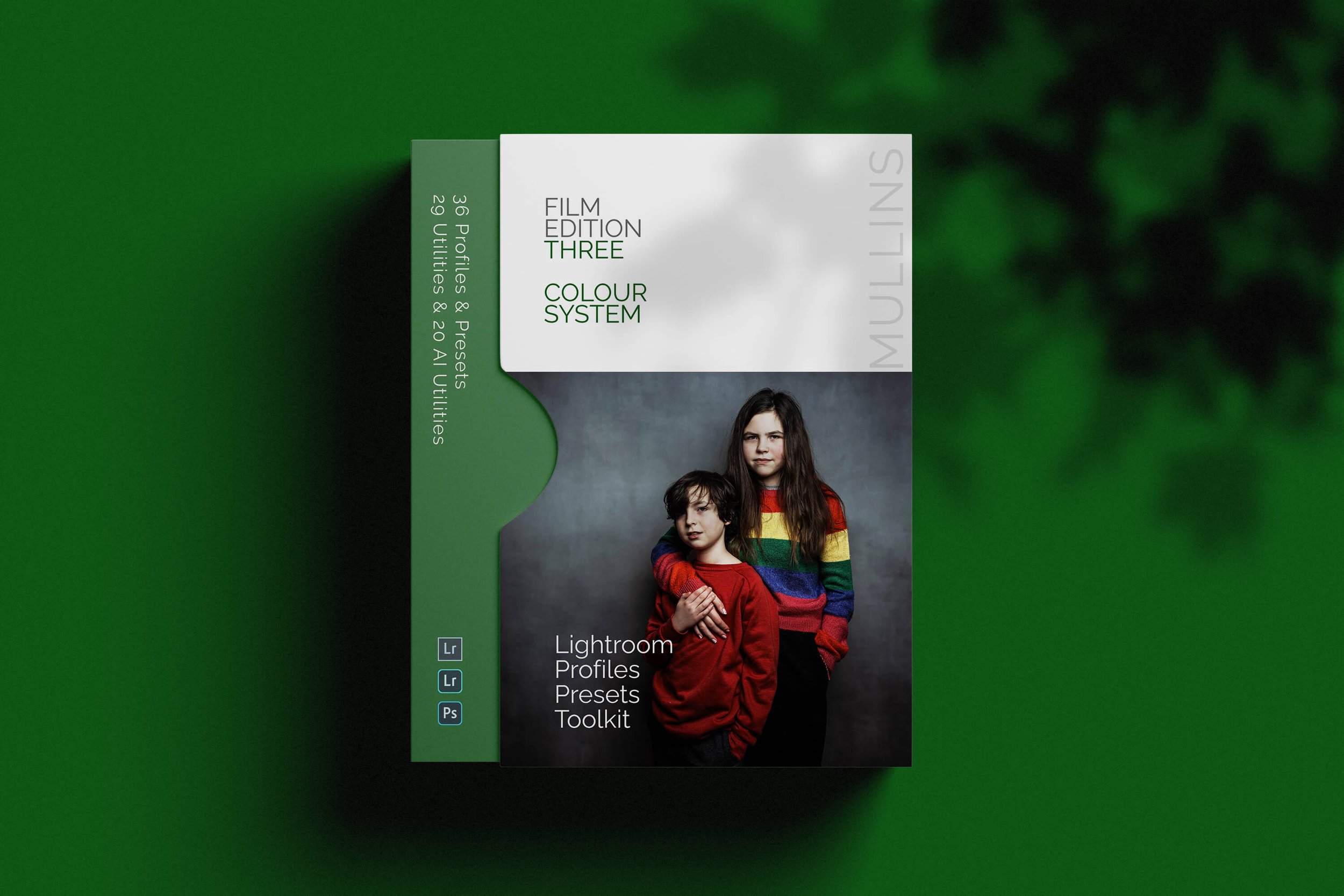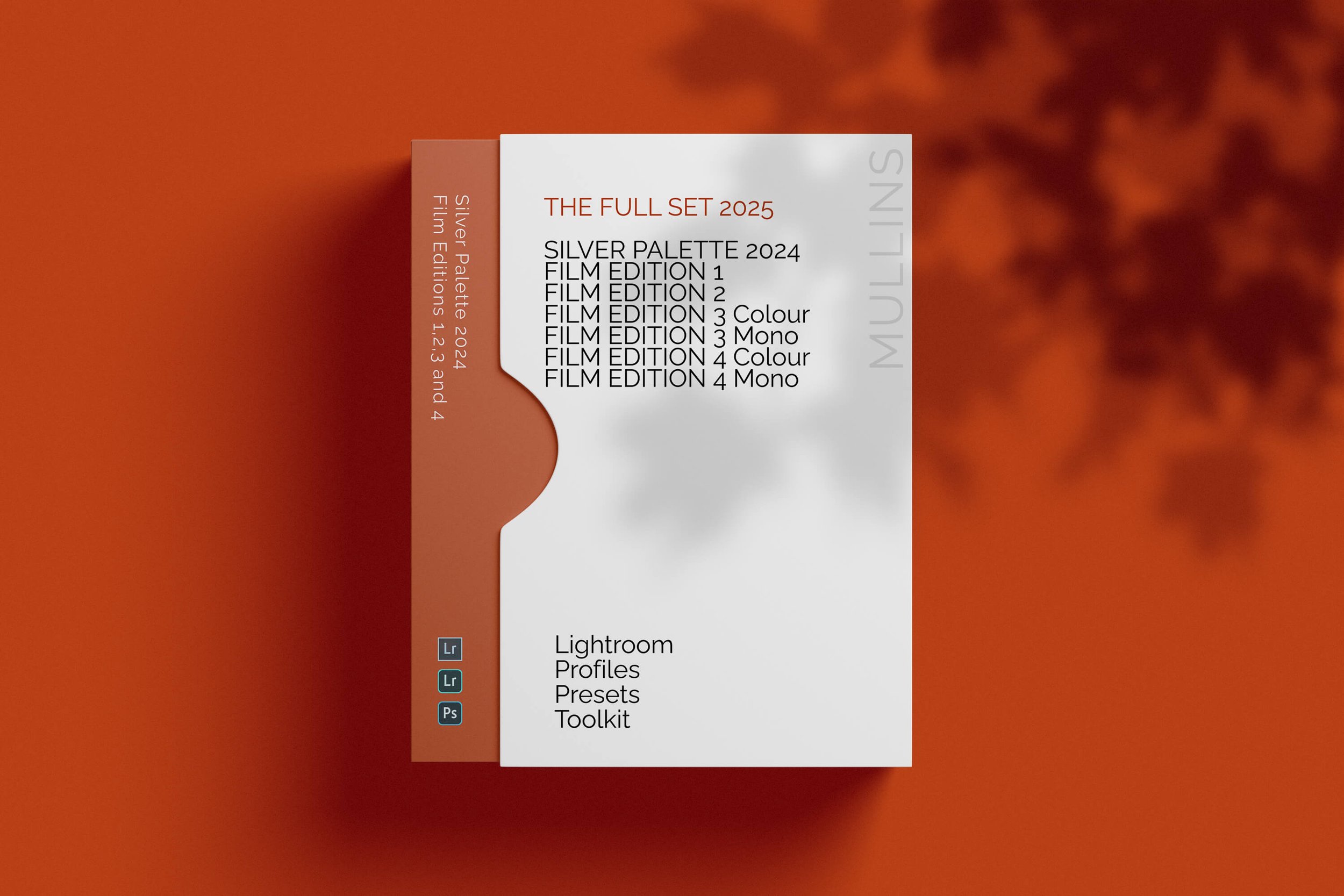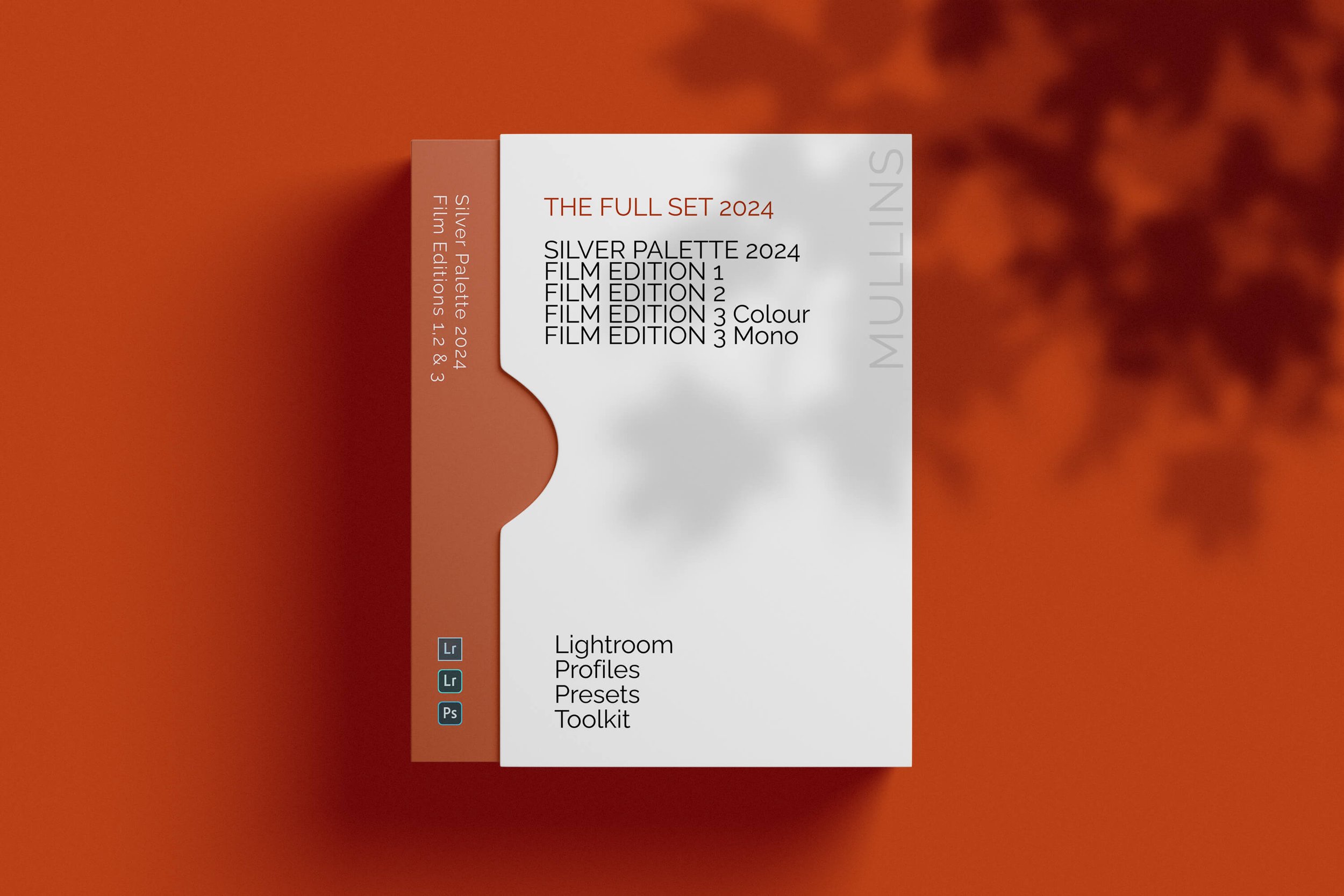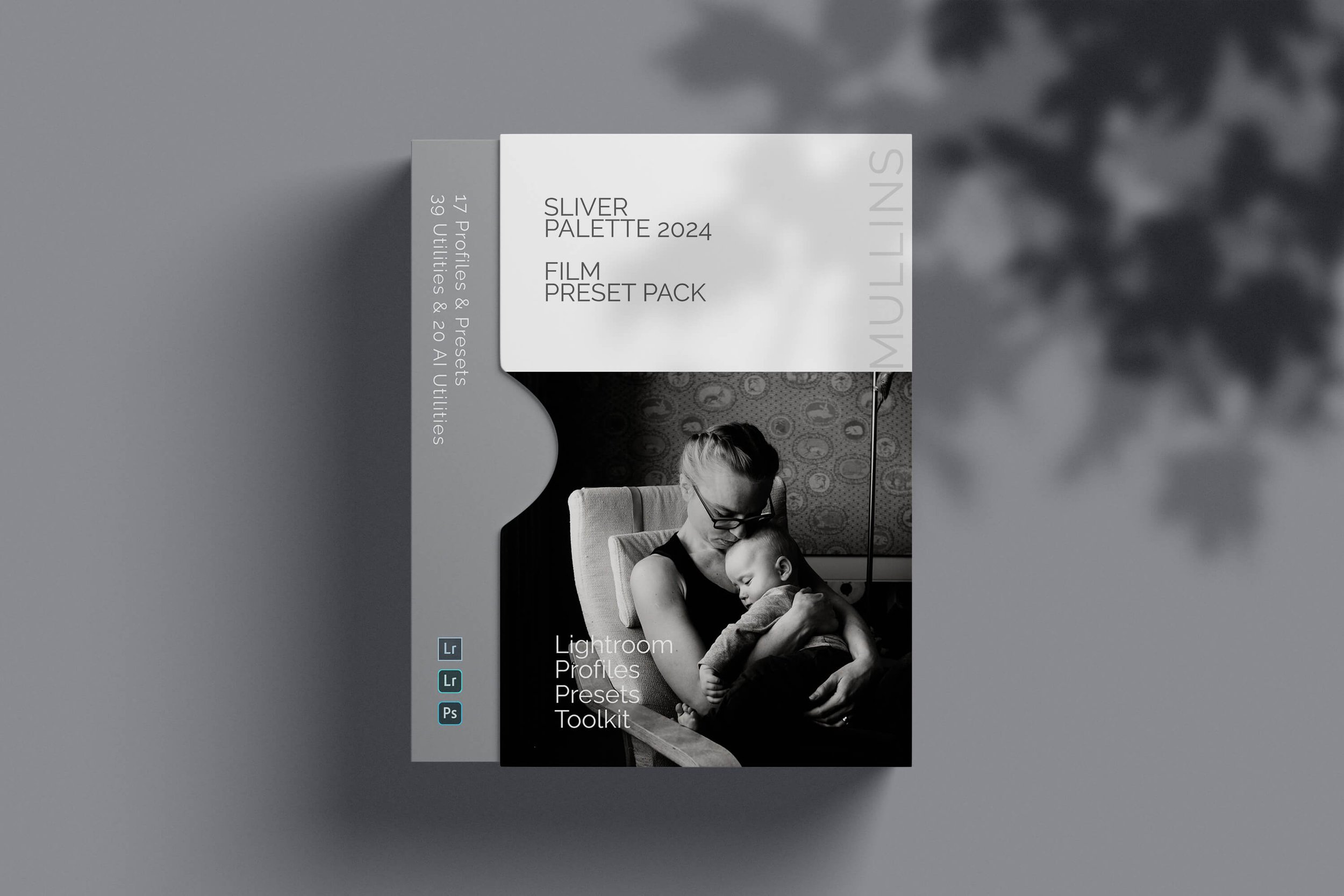Camera Gear I Use 2024 (What's In My Bag)
In this video, I’m breaking down my essential camera gear for 2024!
After 16 years of shooting weddings, families, and street photography, my setup has evolved but stayed true to what works best for me. I also discuss the smaller but crucial extras—my bag, straps and attachments, Lighting, etc.
Whether you’re a professional photographer or just curious about the gear that helps me capture authentic wedding moments, you’ll get a full rundown of everything I use.
What's Inside:
➤ Introduction
➤ My Camera Bag
➤ My Cameras
➤ My Lenses
➤ Accessories
My Advanced Lightroom Profiles & Presets
You may be interested in checking out my advanced Lightroom Profiles, Presets and AI Utilities. I use these in all of my editing.
What’s In My Camera Bag for 2024: Gear, Cameras, Lenses, and More!
If you’ve followed my journey as a documentary wedding and street photographer, you might remember I did a “What’s in My Bag” video about six years ago.
A lot has stayed the same, but I’ve got a few new additions, and I thought it was about time for an update!
In my latest YouTube video, I walk you through my 2024 camera bag setup, showing the exact gear I rely on for everything from weddings to street photography. You can watch the video right now above, but for those of you who prefer reading (or want a preview), here’s a breakdown of what’s in my bag and why I love it.
The Bag: Domke F-1X
My trusty Domke F-1X, which has been with me for over 16 years now, is the bag I use.
It’s tough and rugged, built like a tank. This bag has survived countless weddings, documentary shoots, and street sessions, and it’s still going strong.
As I mentioned in the video, it’s not fully waterproof, so if caught in a heavy downpour, water can sneak in under the flap. But that’s never really been an issue for me. I always ensure the flap covers my gear and never disappoints me.
One thing I love is how much gear this bag holds. It came with adjustable dividers, but, and this might horrify some of you, I threw them out years ago! Dividers slow me down, and I’ve never had any gear break because of a lack of dividers. Plus, the shoulder strap does a great job of distributing weight, making it comfortable to carry for long hours on my feet.
And, if you’re curious, I’ve got “Good” and “Bad” written on the bag's front pockets. Want to guess what they’re used for? Leave a comment on the video (only comments on the YouTube video will count), and you could win a free set of my Lightroom presets!
Cameras: Fuji X-T5 and X-Pro3
Now, onto the cameras. My main workhorses are the Fuji X-T5s—incredible cameras with a 40-megapixel sensor, fast autofocus, and all the tech I need for my fast-paced work. Whether I’m shooting a wedding, a family documentary session, or walking the streets, these cameras deliver.
But, as you’ll see in the video, my heart is with the X-Pro range. I still carry two X-Pro3s as backups. They have this beautiful rangefinder design that’s perfect for my documentary style. They don’t get in the way, they’re discreet, and they let me focus on capturing moments without distractions.
Unfortunately, Fujifilm hasn’t updated the X-Pro line in a while. While the X-Pro3 is still fantastic, the X-T5s give me the latest technology. I’m hoping for an X-Pro4, though—if they could pack the X-T5’s engineering into that rangefinder body, I’d be first in line.
Lenses: Fuji 18mm F1.4 and 56mm F1.2 Mark II
Next up: lenses. My two primary lenses are the Fuji 18mm F1.4 and the 56mm F1.2 Mark II, and these pretty much stay on my cameras for every shoot.
The 56mm has been a constant for me over the years. It’s perfect for capturing intimate moments without getting too close, and its F1.2 aperture creates stunning separation between the subject and the background. It’s my go-to for wedding portraits and close-up documentary shots.
The 18mm F1.4 is a newer addition to my kit. I used to shoot with the 23mm F1.4, but when Fuji released the 18mm, I switched and haven’t looked back.
The wider field of view lets me tell a better story by capturing more of the scene, and it’s incredibly sharp and fast.
I also carry the Viltrox 75mm F1.2 and the Viltrox 27mm F1.2 as backups. Both are fantastic lenses in their own right—the 75mm is perfect for compressing backgrounds, and the 27mm is compact and fun for when I want to travel light.
Extras: UpStrap, Spider Holster, Manfrotto Pixi Mini, and Lumimuse
There are a few extras that always come with me.
First, I attach one of my cameras to an UpStrap. This strap is fantastic, especially compared to the standard ones that come with cameras. It’s non-slip, so it doesn’t slide off your shoulder, which is essential when moving around all day.
I’ve had mine for over 12 years, and it’s still going strong.
I use the original Spider Holster for my second camera, which clips onto my belt. Unfortunately, the original version isn’t easy to find anymore, and the newer ones are bulkier, but the one I use is streamlined and practical.
I also carry a Manfrotto Pixi Mini tripod. I don’t use it all that often, but when I do, it’s great to have. It’s lightweight, compact, and ideal for quick setups.
Lastly, since I don’t use Flash, I rely on the Manfrotto Lumimuse—the 8-bulb version. These little lights pack a surprising punch for their size, and they’re perfect for adding extra light when I need it. I always carry a backup, just in case.
Watch the Full Video for More!
That’s a sneak peek at what’s in my bag for 2024, but there’s more to see and talk about, including a few surprises. Watch the full video above, where I dive into more detail and give you a closer look at the gear that gets me through every shoot.



